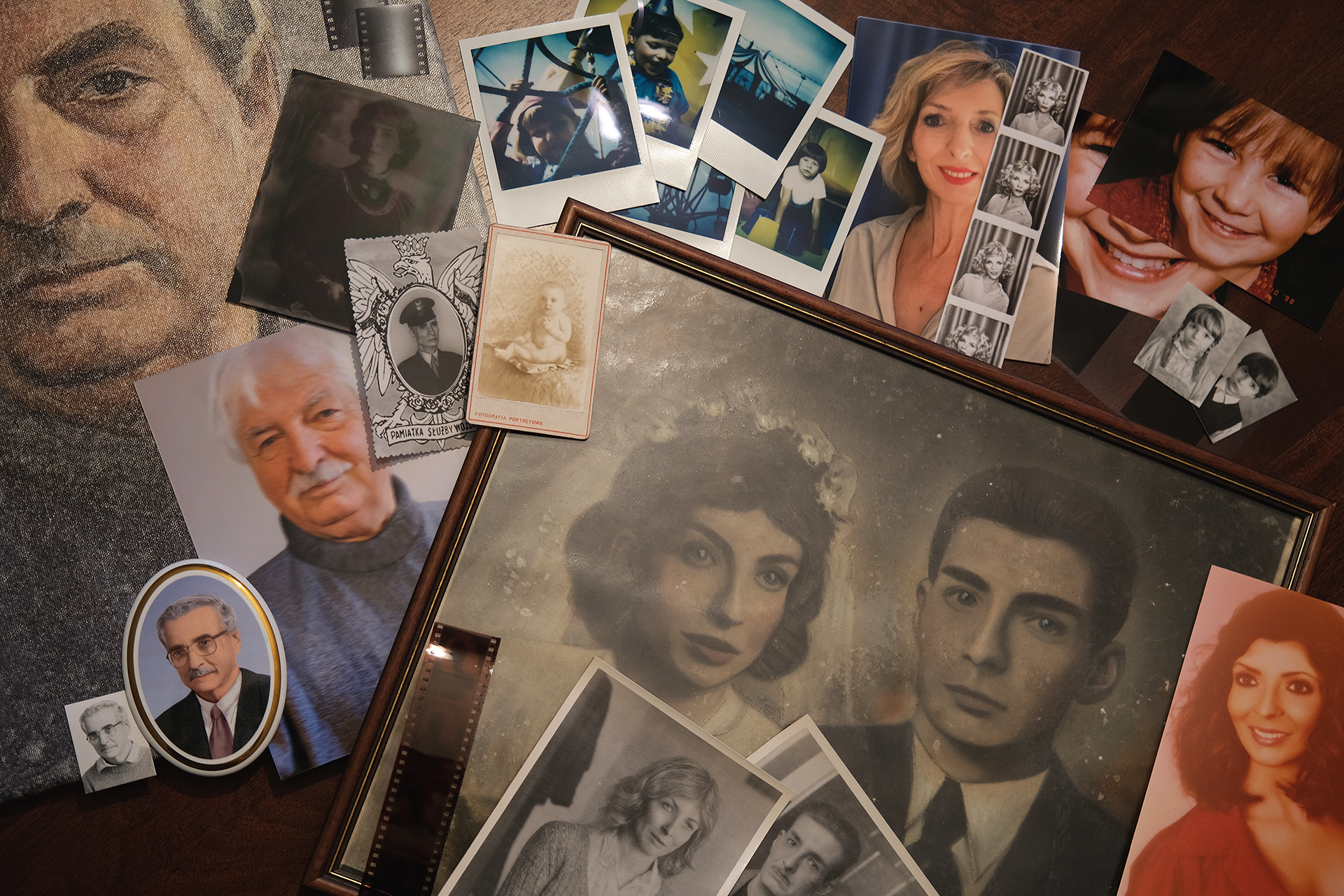CHANGING MY NAME AND SURNAME
27/11/2023
Following the decision of the Civil Registry Office in Łódź, I changed my name and surname. How did it happen? In 2010, during my photography studies at the Film School in Łódź (2010-2015), I used the name and surname “Marcela Paniak” for the first time, which stayed with me not only photographically, but also privately. This year, after completing my doctoral work at the Film School in Łódź (2016-2020) on photography and identity, I decided not only to pay attention to what is true and what is false when it comes to presenting the image in contemporary world, but also to simply unify my identification in an official way. I never did anything such intense for myself as I did it now.

PHOTOGRAPHS OF THE PANIAK FAMILY
31/01/2023
The main topic of the doctoral dissertation “Photographs of the Paniak Family” is identity, considered in two contexts: the general context of family photography and the personal context of the author. The dissertation’s first chapter indicates that, just as family photography has had no fully defined and independent existence over the course of its existence, the author continues to get to know her own personality. An additional element is the author’s changing her name and surname, as the dissertation complements the process happening over a decade of her life through which she has been learning her identity as “Marcela Paniak.” What has helped her in defining herself has been family photography, a genre of photography with characteristics similar to her evolving individuality. Thus family photography is both the main topic of the dissertation and the means of exploring identity topics eventually put to use as the presentation medium.
The dissertation’s second chapter then ascertain how family photography, which remains unexplored as a distinct genre of photography, continues on the margins of the main types of photography. Here, the author attempts to fill out deficiencies in definitions. This is done through tracing photography’s stages of dissemination, detailing phases that have led to the separation of family photography as a self-sufficient genre. Its specific nature permits the author to initiate a series of works utilizing popular modes in family photography. The author plays the roles of all users of photography: the photographer and the persons photographed, and the full range of observers and recipients setting these standards within this distinct genre. In this way the author has gathered evidence on the nature of family photography in its utility and function that makes average users both originators and models, along with being de facto experts in the genre, as well. This places everyone in full control of presenting their own image – as is the case with the author of these dissertation works.
As a result, these works present the author in various personas: as a child, a younger woman, as an older man, as a grandmother and grandfather, as parents. In doing this, she controls all photographic processes, precisely as it is done in the genre’s common circumstances. The third chapter provides details of these photographic processes, through which the author is able to completely alter her image. This section focuses attention on those processes that favor changing the image being presented to others, which the author also uses in these photographic works. All changes are intensified to conspicuous extents, however, to emphasize that the boundaries in this genre between “truth” and that which may be called “falsity” has been in no way socially defined. In this manner, the author’s portraits, in which she also uses various common mean of altering her image, become entirely unrecognizable to others.
The basis for the dissertation’s fourth chapter, the author’s works, resemble uncounted ordinary family photographs. In this, the chapter focuses on the general aspect of where the actual boundary lies between “truth” and “falsity” in presenting the reality this photographic genre depicts. A distinction between photography being “objective” and its being “subjective” is quite familiar in general explorations of the field as such. Yet family photography is a singular example of this distinction, characterized both by documentary and by creative properties of a given image. It is displayed exactly by the idea of the author, through self-portraits utilizing historical and contemporary patterns of social culture, as it balances on the verge of recognizing the appearance of the genre’s users. A conclusion being that in family photography the key function is certainly utility and usability, yet brought about by certifying reality in very special, individual ways.
The author therefore pays attention to emotional value in this distinct genre. The emotionality of family photography is evident at all stages: while photographing and while being photographed, and subsequently during meetings spent sharing family photographs. This indicates that crucial things happen both in a given image and also outside it – in all that may be termed “aroundphotographic” and that is therefore in a significant sense ordinary. The dissertation’s fifth chapter is focused here: on ordinariness through which the genre is singular, for “normality” is the core nature of family photography. The author also goes in a similar direction, chosing to officially change her name and surname in her daily life, signifying that no border lies between “truth” and “falsity” in what is the emotionality of individual persons. Therefore this doctoral work and daily life fuse, providing another comment on the emotional importance of family photography.
